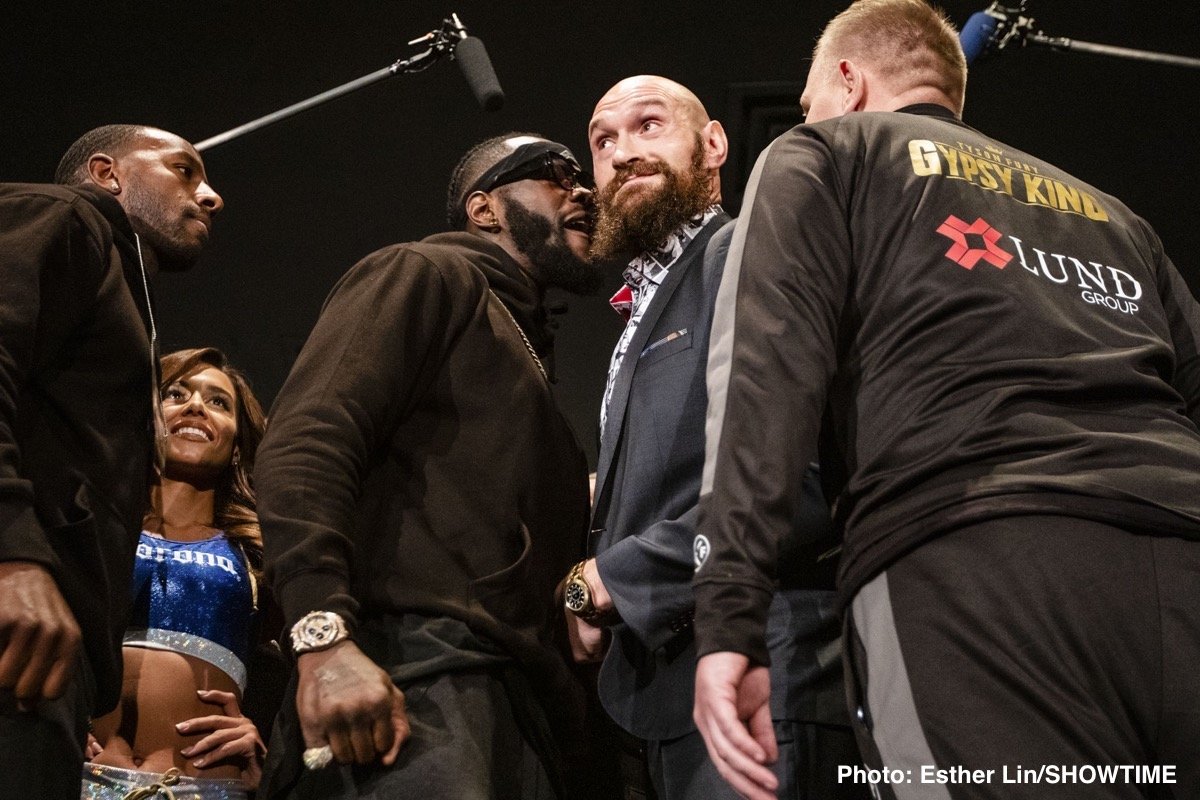The size of the ring two world champions fight in can prove to be extremely important. A dancing master needs the biggest ring possible, so as to be able to move, box on the back-foot and keep away from the ropes. A seek and destroy puncher wants the exact opposite: a small ring that limits the exits routes available to his prey. Which brings us to tomorrow night’s big Deontay Wilder-Tyson Fury showdown.
Fury is the dancing master of the two, certainly the better, more elusive boxer, while Wilder is very much the seek and destroy puncher. It could be good news for the latter that the ring at The Staples Center in Los Angeles will be a smaller one than the one Fury performed in back in November of 2015 when he sensationally dethroned Wladimir Klitschko. That ring was a 24 ft one, whereas tomorrow night’s battle-zone will be a 20 ft ring.
Fury used a ton of movement (and lots and lots of feints) to bamboozle Klitschko, but if he had the same idea going into the Wilder fight, might the lineal champ have to alter his game-plan, at least a little, now that he knows he will have less room to manoeuvre in? Wilder will no doubt be pleased at the size of the ring, as he knows it means Fury will be under more pressure to stand his ground and exchange punches with him at points in the fight.
Fury has been totally unfazed by anything that has gone on in the run-up to this big fight, one he must win or else, and it’s unlikely the size of the ring will affect him; certainly Fury will not let it show if it has affected him. But the size of the ring can indeed play a big part in the outcome of a fight. Had the ring in the famous (or infamous) Sugar Ray Leonard-Roberto Duran rematch been smaller than it was, might it have changed things, for one example?
Will Wilder be able to corner Fury more easily now, and might he get his big shots off quicker as a result? Or maybe Fury will look to land his own big shots now? It’s an interesting side-story to this, one of the most intriguing heavyweight title fights in many a year.
